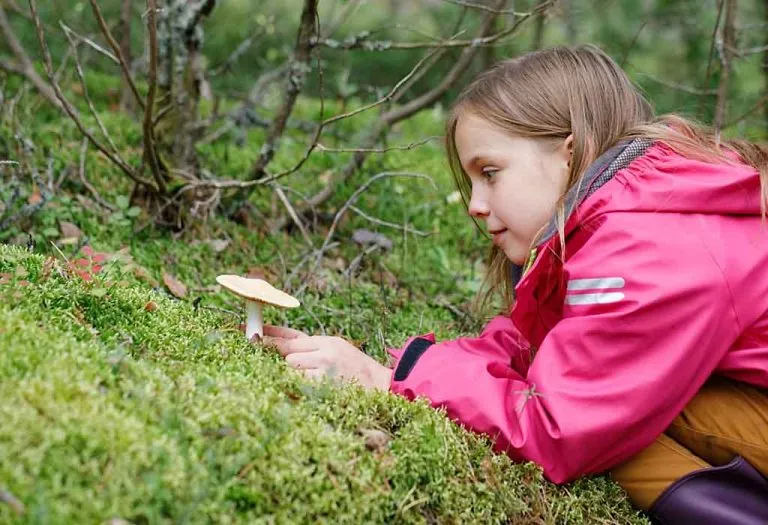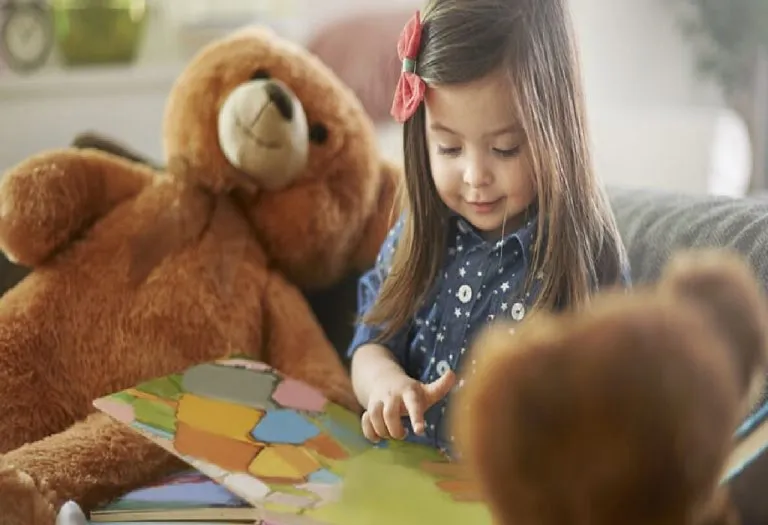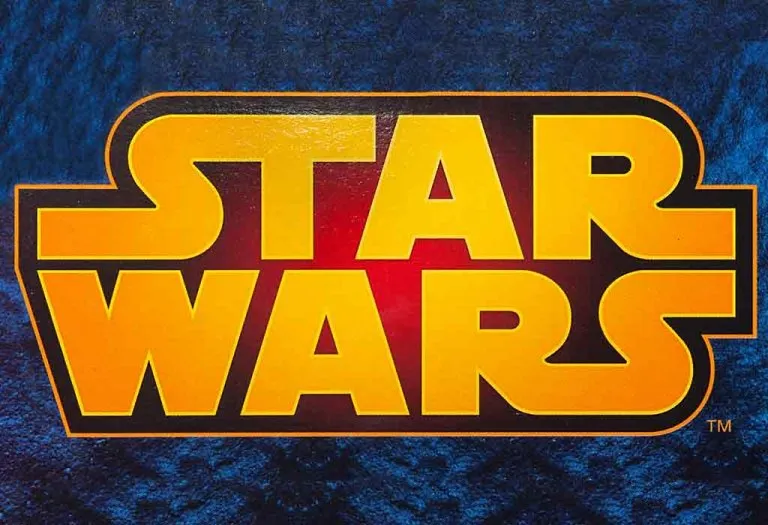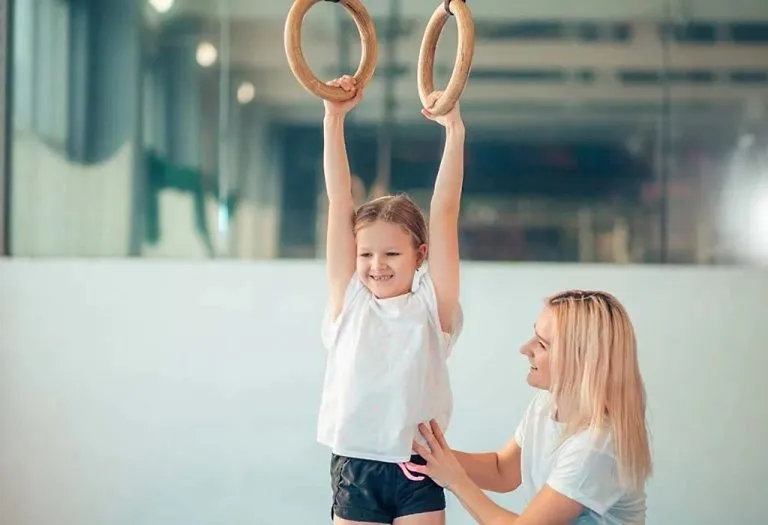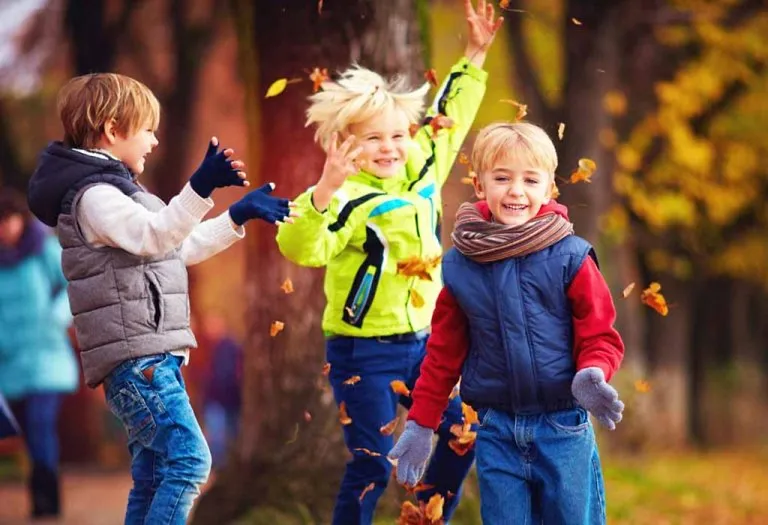Interesting Educational Science Games for Kids
Science learning games and activities provide exciting ways to teach children about how certain phenomena exist. If you are looking at how to make science fun, then interactive science games are the answer. From static electricity to aerodynamics, fun science games are a wonderful way to inspire a liking for science and provide hours of wholesome entertainment. Science games for kids are particularly effective in engaging their natural curiosity and making complex concepts easier to understand. Games and activities are wonderful for inciting a thirst for knowledge in children, helping them develop critical thinking skills and an appreciation for the wonders of the world around them.
What Are the Benefits of Science Games for Kids
Science games for kids are an engaging and enjoyable way to nurture their curiosity and understanding of the world around them. These games combine fun and learning, making science an exciting subject for children to explore.
1. Enhances Problem-Solving Skills
Children’s science games often include puzzles, experiments, or challenges that require children to analyze situations and think critically to find solutions. For example, a game about building a bridge using different materials teaches kids to evaluate the strength and stability of their designs. This helps develop logical thinking and prepares them for real-world problem-solving scenarios.
2. Encourages Curiosity and Exploration
Interactive science games inspire children to ask “why” and “how,” motivating them to seek answers through exploration and experimentation. For instance, a game demonstrating how plants grow under different conditions may encourage kids to observe nature more closely. This natural curiosity promotes independent learning and a deeper understanding of their environment.
3. Builds Teamwork and Communication
Many science games for 1st, 2nd and 3rd graders are designed to be played in groups, where kids collaborate to solve problems or complete tasks. These activities teach children how to share responsibilities, listen to others’ ideas, and communicate their own thoughts effectively. Such teamwork skills are not only essential for science-related projects but also for building strong interpersonal relationships.
4. Improves Understanding of Scientific Concepts
By presenting scientific principles in a hands-on and interactive way, science games make abstract concepts more tangible and easier to understand. For example, a game about the solar system might allow kids to “move” planets to see how gravity works, helping them visualize and grasp these principles in a memorable way. This approach reinforces classroom learning and makes science less intimidating.
Best Science Games for Kids
Science is all about observation and experimentation. Add a dash of the game element to your kid’s learning, with cool science games for children, and teach science outside the classroom. Help children explore everything from physics to anatomy. Enhance your child’s observation and pique their curiosity while demonstrating key scientific principles. Here are 15 cool science games that can get kids to observe, make hypotheses and record their findings.
1. Scavenger Avengers
One of the best science games for preschoolers, this one involves making a list of things to find outdoors. From leaves, stones, rocks to soil, get them to find everything and collect it. You can then get them to use their senses to feel the texture and also their smell. Blindfold their eyes and get them to feel the things they have collected to see if they can identify them. Question them about why they could identify the objects even if blindfolded. Mention that humans have five senses, and we use them all together to explore the world around us. You could also mention that even though blindfolded, their sense of touch and smell helps them identify the object without vision.
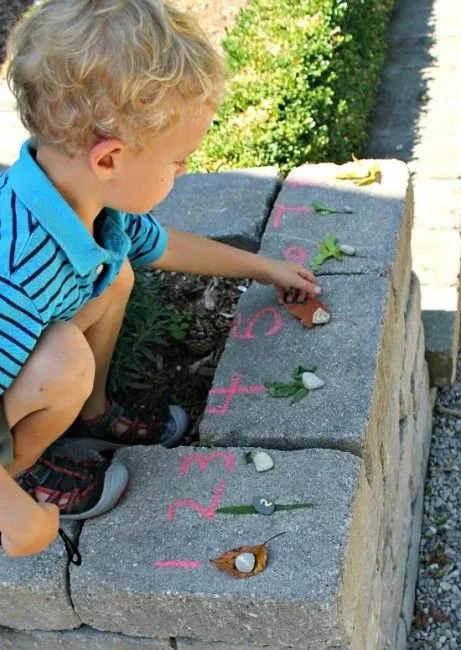
Image Credit: Pinterest
2. Tug of War
Get our kids to learn how friction works through the tug of war! This traditional childhood game could be an excellent way of learning science for a group. Kids could learn how the impact of force lets the better team win. Explain to kids that as a group, if they apply more force and pull hard at the rope, they have a better chance to win.
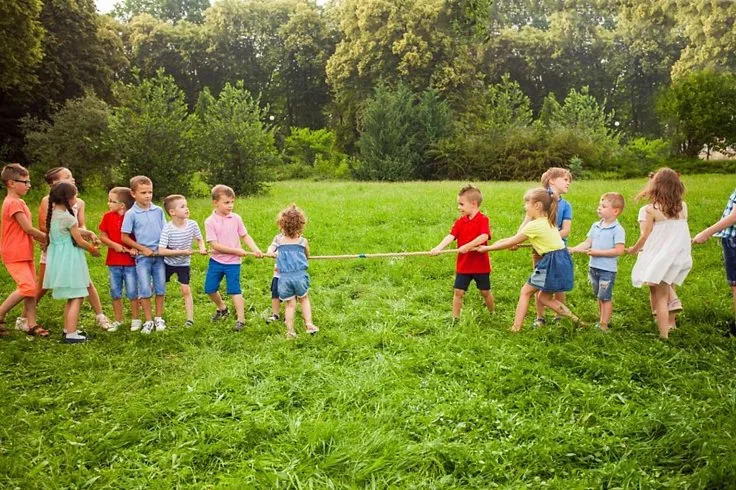
Image Credit: Pinterest
3. Static Electricity Race
Rinse and dry some aluminium cans. Make a “start” and “finish” line and hand a balloon to each kid. Get the kids to move the aluminium cans to the finish line by using the electric charge on the balloon. Get the kids to make a charge by rubbing the balloon against their body or hair and hold it by the can.
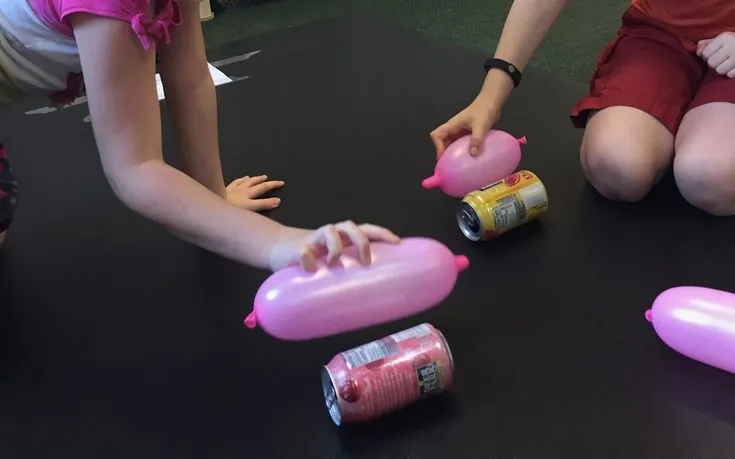
Image Credit: Pinterest
4. Colorful Chemistry
Pour a small amount of milk into a bowl. Add a drop of food coloring of different colors. Give a Q-tip to each kid and ask them to press it in the bowl before getting them to stir it. They can see the colors mixing and making a beautiful rainbow.
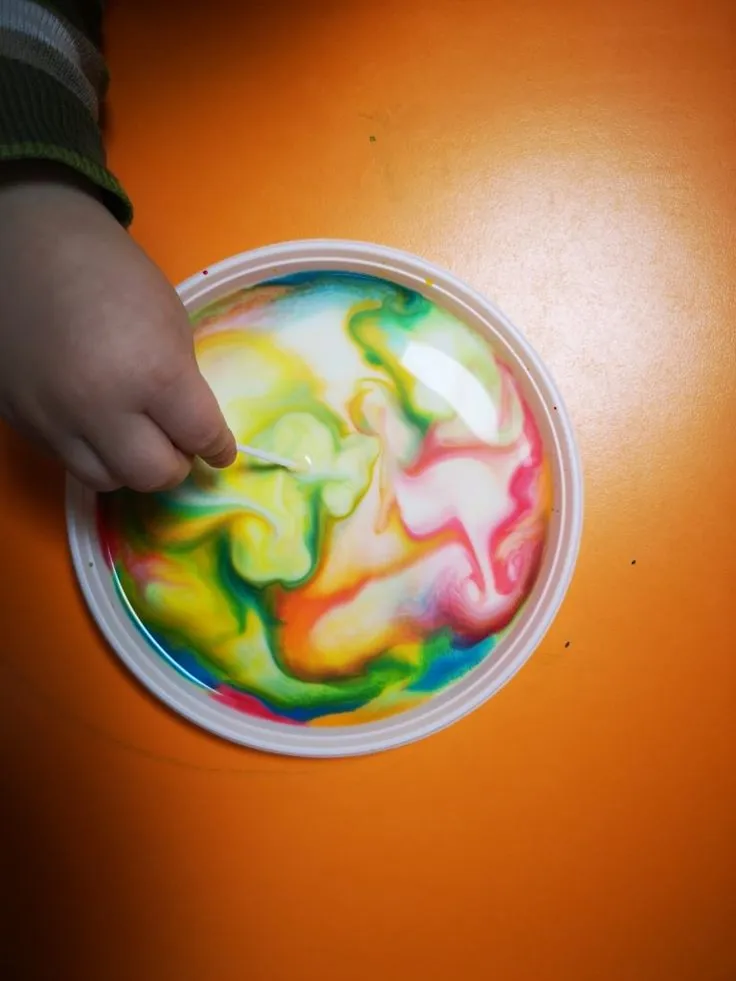
Image Credit: Pinterest
5. Body Bingo
Between the ages of seven to nine, kids want to learn about their body parts. Download bingo sheets with different body parts. Use dice and get children to move over the board. As they reach the grid, ask them to identify the body part. Give them different facts about the organs and body parts.
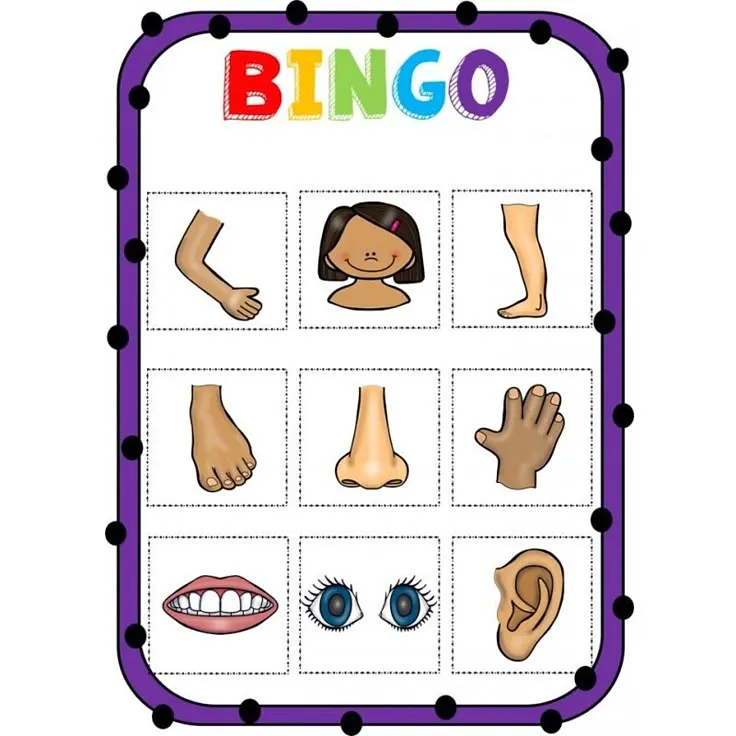
Image Credit: Pinterest
6. Racing Ramp
Collect objects like cars, balls, and balloons that can be rolled down a ramp. Get kids to roll them down the ramp and talk about how the weight of the objects helps them to roll up and down at different speeds. A great way to teach kids about weight and speed. You can get kids to use different kinds of objects like rulers, pencils, pens, and erasers.

Image Credit: Pinterest
7. Paper Airplane
Making paper airplanes is a childhood pastime. These DIY objects are great for teaching kids about aerodynamics. Get kids to make their paper planes and fly them. Paper planes are subject to lifting, thrusting, gravity, and dragging like normal airplanes. Host a contest to see which airplane flies the farthest and how far it lands. A great experiment to teach kids about velocity and the dynamics of pressure.
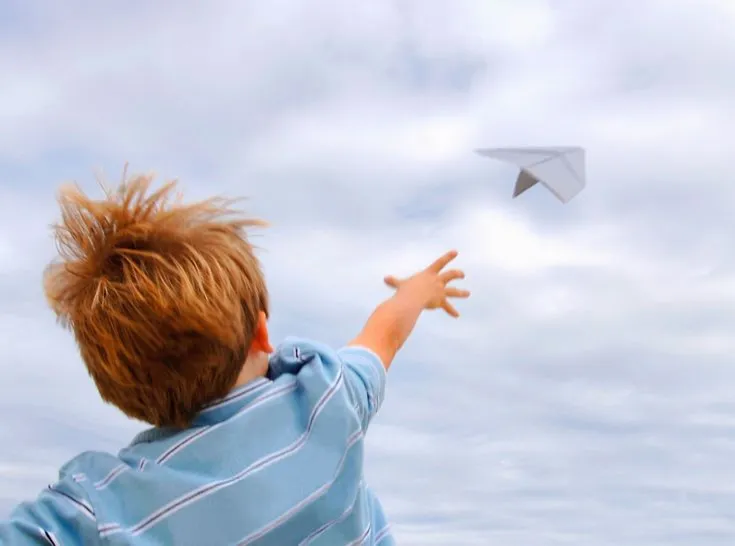
Image Credit: Pinterest
8. Egg Walking
Get your kids to walk across rows of eggs. Explain how the shape of the egg makes it strong to support the weight of a person, and it takes longer to break the egg. It would be a good idea to cover your floors for this experiment. You could also have a row of eggs placed next to each other and get kids to race against each other.
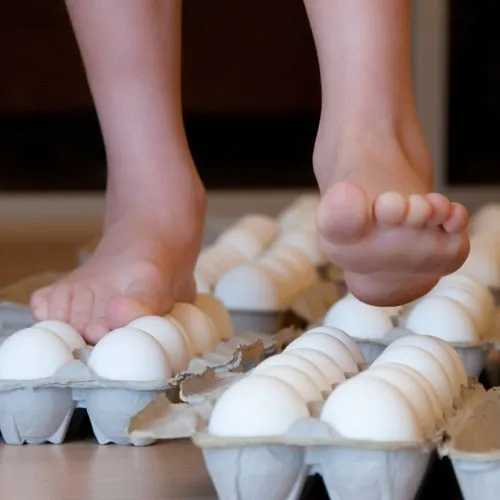
Image Credit: Pinterest
9. Make a Volcano
Combine 2/3rd cup of water, 4 tablespoons baking soda, 1 teaspoon of dish soap, and some red food coloring in a plastic container. Bury the container to half its length in a mound of dirt outside. Now pour 1/3 cup white vinegar and watch the eruption. Tell kids about the existence of magma inside the volcano and that lava comes out when it erupts. It would be good to introduce kids to how pressure at the bottom of the Earth leads to volcanic eruptions.
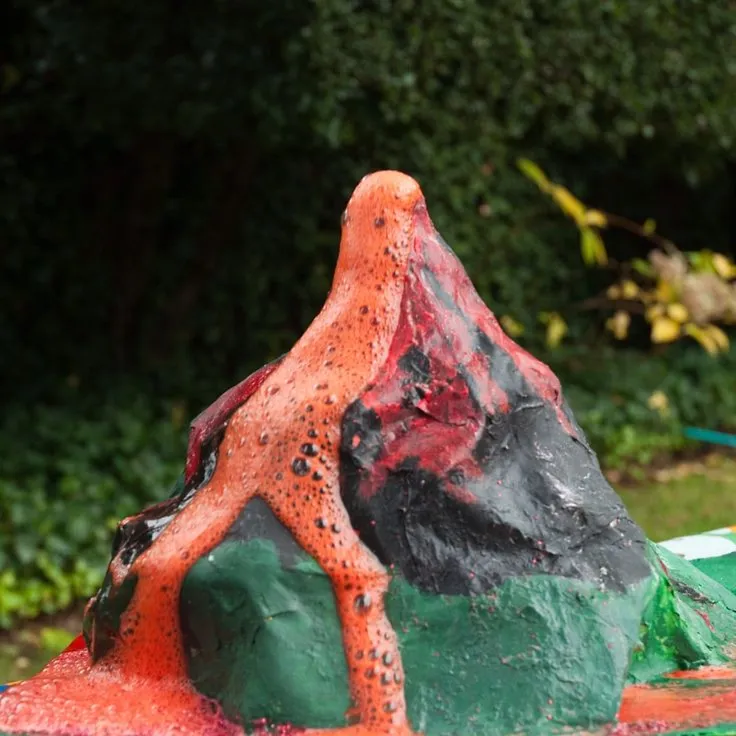
Image Credit: Pinterest
10. Solar System
Kids love space, planets, and stars. Use playdoh to introduce the concept of the solar system to kids. Use different colors to represent the different planets. Use red to represent Mars, blue and green to represent Earth, blue rings around Saturn, and so forth. As you teach children the names of the planets, mention facts about the planets, too. For example, talk about how scientists are investigating life on Mars, how Pluto is no longer a planet, the rings around Saturn.
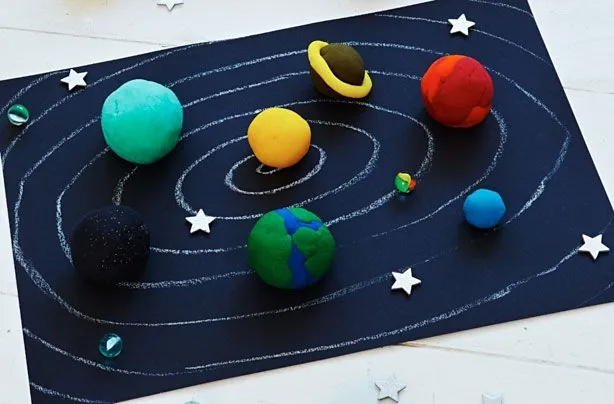
Image Credit: Pinterest
11. Water Density Tower
Create a colorful density tower to teach kids about the concept of density. Use a tall, clear glass and layer liquids like honey, dish soap, water, and oil in it. Add small objects like a grape, a coin, or a cork, and observe how each object floats or sinks depending on its density. Explain to kids why some liquids and objects settle at different levels.
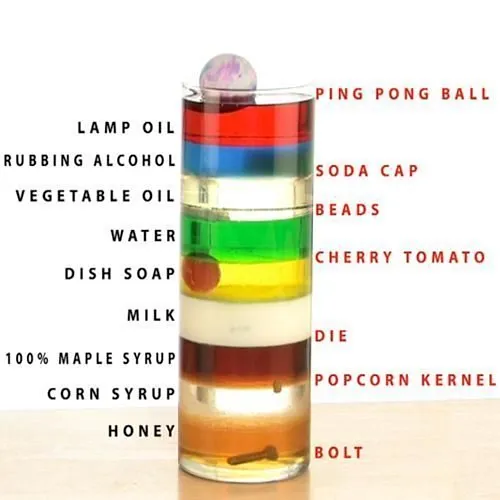
Image Credit: Pinterest
12. Shadow Chase
Take kids outdoors on a sunny day and encourage them to chase their own shadows or each other’s shadows. Use this activity to teach them how the sun creates shadows and how the position of the shadow changes based on the sun’s position in the sky.
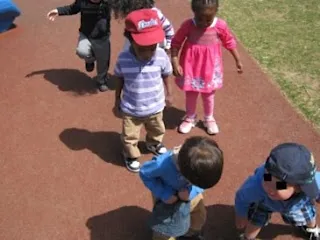
Image Credit: Pinterest
13. Magnetic Maze
Draw a simple maze on a sheet of paper and place a small paperclip on top. Underneath the sheet, guide the paperclip through the maze using a magnet. This fun game introduces kids to the concept of magnetism and how magnetic forces work even through materials like paper.
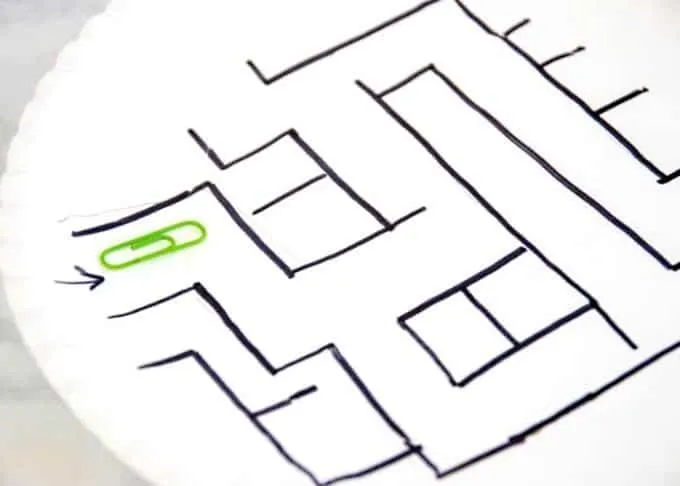
Image Credit: Pinterest
14. Lemon Battery Experiment
Use lemons to generate electricity! Insert a zinc nail and a copper coin into a lemon, and connect them with wires to a small LED bulb. Watch as the bulb lights up, and explain how the acidic juice in the lemon works as an electrolyte to create an electric current.
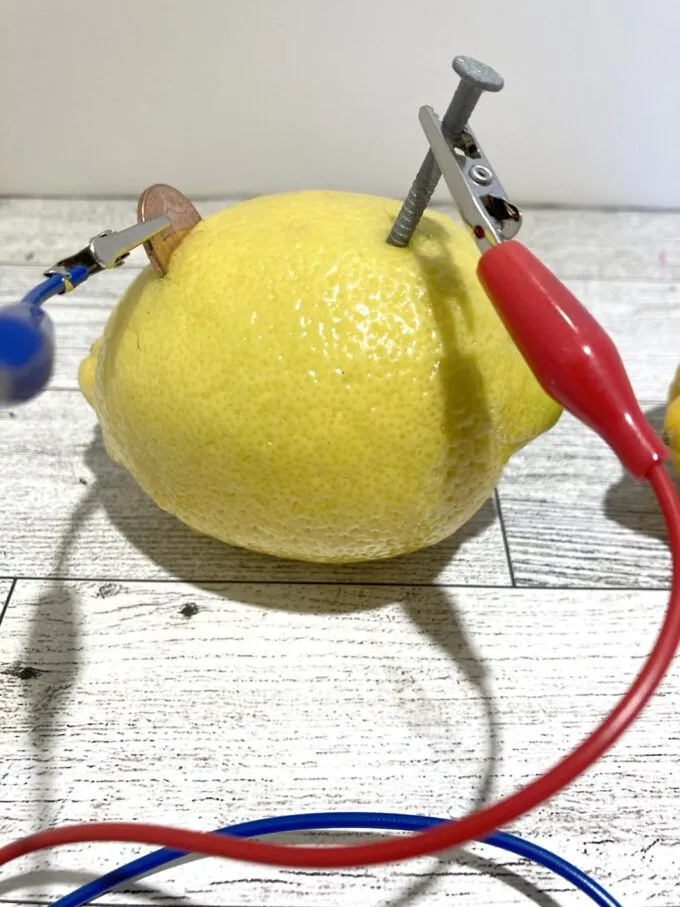
Image Credit: Pinterest
FAQs
1. Can science games teach kids about historical scientific discoveries?
Yes, some science games incorporate historical elements, allowing children to step into the shoes of famous scientists like Marie Curie or Isaac Newton. These games often simulate the experiments or challenges faced by these pioneers, offering a unique way to learn about the history of science alongside its principles.
2. Are there science games that use augmented or virtual reality?
Absolutely! Some modern science games use AR or VR to create immersive experiences, such as exploring the human body from the inside, simulating a space mission, or walking through a prehistoric forest. These technologies provide a realistic and engaging way for kids to learn complex scientific ideas.
3. Do any science games help kids understand abstract concepts like quantum physics?
Surprisingly, there are educational science games designed to introduce kids to advanced topics like quantum physics or black holes. These games simplify abstract concepts using visual metaphors, interactive storytelling, and easy-to-follow activities that make even the most complex ideas accessible and fun.
Science is all about exploring, and the best way to get kids involved is by getting them involved in the experiments. The best thing about science is the practicality of the subject. It helps to demonstrate and talk about the phenomenon with children as it gets them interested in the concepts.
References/Resources:
1. Hutmacher. F; What Is Our Most Important Sense?; Frontiers for Young Minds; https://kids.frontiersin.org/articles/10.3389/frym.2021.548120; July 2021
2. Magnetism; National Geographic; https://education.nationalgeographic.org/resource/magnetism/
3. How to introduce science to your toddler; UNICEF; https://www.unicef.org/parenting/child-development/how-to-introduce-science-to-your-toddler
4. Worth. K; Science in Early Childhood Classrooms: Content and Process; Early Childhood Research & Practice; https://ecrp.illinois.edu/beyond/seed/worth.html
5. Water Density; U.S. Geological Survey; https://www.usgs.gov/special-topics/water-science-school/science/water-density
6. Weight | Gravity, Mass & Force; Britannica; https://www.britannica.com/science/weight
7. Mazumder. A; Construction and evaluation of electrical properties of a lemon battery (Journal of Chemical Biological and Physical Sciences); ResearchGate; https://www.researchgate.net/publication/324744104_Construction_and_evaluation_of_electrical_properties_of_a_lemon_battery; April 2018
Also Read:
Innovative Brain Games for Kids
Educational Games for Children
Fun Indoor Games for Children
Animal Games and Activities for Kids
Was This Article Helpful?
Parenting is a huge responsibility, for you as a caregiver, but also for us as a parenting content platform. We understand that and take our responsibility of creating credible content seriously. FirstCry Parenting articles are written and published only after extensive research using factually sound references to deliver quality content that is accurate, validated by experts, and completely reliable. To understand how we go about creating content that is credible, read our editorial policy here.






